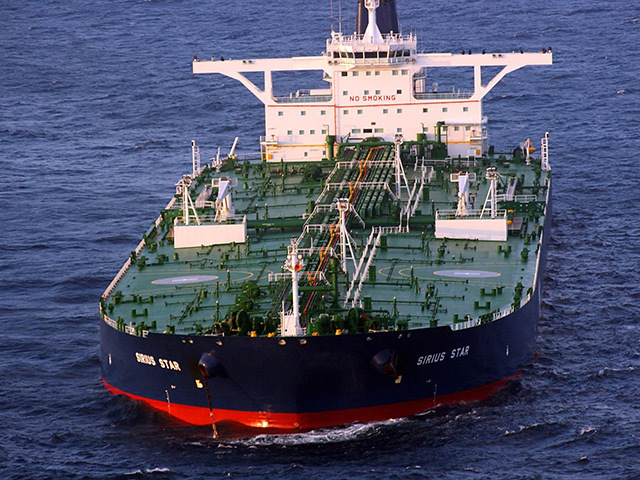
A glut of North Sea oil that’s helped depress global prices and heap pressure on OPEC is poised for short-term relief after traders booked tankers to take as much as half of the region’s key oil flow to Asia.
Mercuria Energy Group Ltd. and Royal Dutch Shell Plc booked Forties crude onto tankers that typically haul 2 million barrels each for loading this month, according to lists of charters and four people involved in the market. Statoil ASA provisionally booked a ship to collect North Sea oil by Dec. 5. The combined outflow could exceed 500,000 barrels a day over an 11-day period, more than half the rate of key Brent, Forties, Oseberg and Ekofisk loadings.
“For now, it’s kind of a short-term relief,” said Olivier Jakob, managing director of Petromatrix GmbH in Zug, Switzerland, adding that there are still too many moving parts to determine when and how a global excess will be eliminated.
The bookings come at a time when insufficient demand is causing traders to store millions of barrels of North Sea oil on tankers because there’s not enough space on land. At the same time, the Organization of Petroleum Exporting Countries is working on a plan to try to eliminate a global surplus and stem a price slump. The group meets in Vienna on Nov. 30, attempting to finalize an accord it set out eight weeks ago in Algiers to trim as much as 1.5 million barrels a day from supply.
Contango Trading
North Sea oil is trading in a pattern known as contango, where a physical-market surplus pushes down immediate-month future contracts below those in later periods. That gap got so wide this month that it cost investors more than $1 a barrel to extend, or roll, bullish trades when most-immediate Brent contracts expire, from less than 50 cents earlier this year. The spread narrowed to as little as 93 cents on Wednesday, the smallest since Nov. 16, ICE Futures Europe data show.
As much as 12 million barrels of benchmark North Sea grades are now in floating storage off the U.K. coast as land sites fill up, according to ship-tracking data compiled by Bloomberg. While that puts pressure on Brent, it also makes the grade more attractive to buyers in other parts of the world.
“Now the North Sea is priced not only to go to floating storage, but also to be exported to all regions,” said Jakob.
The region next month is scheduled to load an average of 2.1 million barrels of crude a day, the most in 4 1/2 years, according to data compiled by Bloomberg. That oil may either be stored or exported. For the key Brent, Forties, Ekofisk and Oseberg grades, that flow is less than 1 million barrels a day.
Mercuria is set to load the vessel Argenta at Hound Point on Nov. 25, from where it will sail to China, the fixtures show. Shell is to load the Victory I from the same location on Nov. 29. The tanker’s destination after that is still unclear but most supertankers head to Asia once they’ve loaded North Sea barrrels.
In addition, Statoil ASA provisionally chartered the supertanker Bunga Kasturi Lima to load at the Norwegian port of Mongstad from Dec. 1-5, where it will then sail for South Korea, shipping fixtures show. If that loading proceeds, the tanker will be the first to head to Asia from Mongstad since November 2012, according to data compiled by Bloomberg.
Recommended for you
